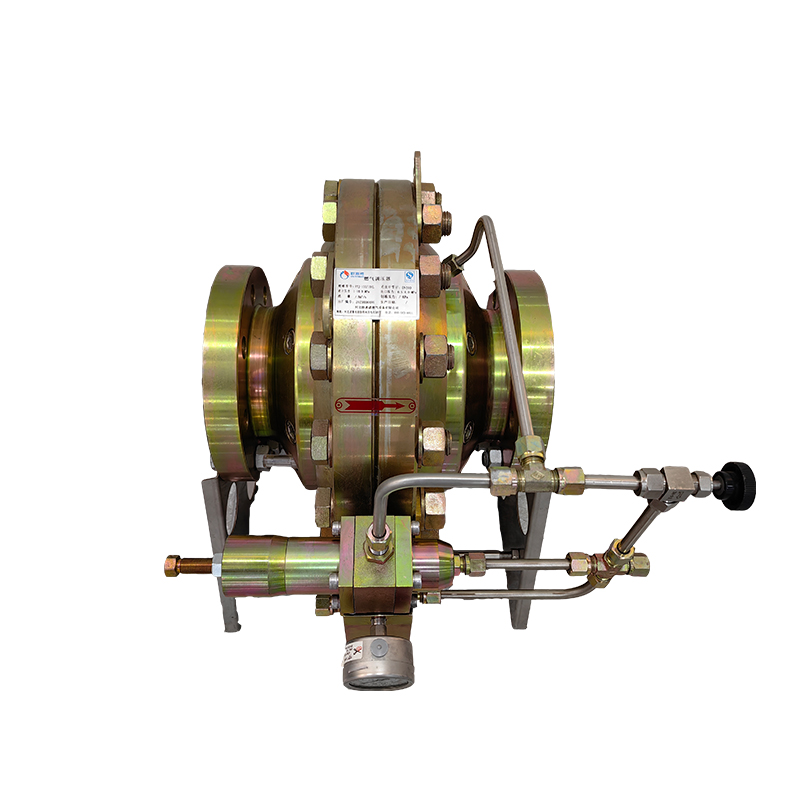
Oct . 02, 2024 21:48
Back to list
Natural Gas Pressure Regulation System Overview and Applications
Understanding the Natural Gas Pressure Regulator A Critical Component in Energy Distribution
Natural gas is a key energy source, powering homes, industries, and transportation across the globe. One of the essential components in the distribution of natural gas is the pressure regulator. This device plays a crucial role in ensuring the safe and efficient delivery of gas from pipelines to end users, maintaining a stable pressure despite fluctuations in the supply network. In this article, we will explore the functions, types, and significance of natural gas pressure regulators.
What is a Pressure Regulator?
A natural gas pressure regulator is a mechanical device designed to control the pressure of gas flowing through a pipeline. Its primary function is to reduce high inlet pressure from the supply source, such as a gas main or storage tank, to a lower, more manageable outlet pressure required by the consumer appliances or equipment. By maintaining this balanced pressure, regulators prevent gas leaks, ensure efficient gas usage, and protect downstream systems from damage caused by excessive pressure.
How Does a Pressure Regulator Work?
The operation of a pressure regulator can be understood through its components, which typically include an inlet and outlet port, a diaphragm, a spring, and a valve seat. When high-pressure gas enters the regulator, it exerts force on the diaphragm. This force compresses the spring and moves the valve seat, allowing a controlled amount of gas to flow through the outlet while blocking excess pressure. As the downstream pressure decreases, the diaphragm moves, adjusting the valve to maintain a consistent, desired pressure level.
Types of Pressure Regulators
Pressure regulators can be categorized into two main types automatic and manual regulators.
.
2. Manual Pressure Regulators Used in specialized applications, manual regulators require user input to adjust the pressure settings. While they provide greater control, they are less common in typical home installations due to the need for regular adjustments and monitoring.
منظم ضغط الغاز الطبيعي

Additionally, there are regulators designed for specific applications, such as meter regulators, which are installed at the gas meter to maintain the appropriate pressure before distribution, and inline regulators, often found in industrial settings where precise pressure control is critical.
Importance of Pressure Regulators
The significance of pressure regulators in the natural gas distribution system cannot be overstated. Here are some key reasons why they are indispensable
- Safety By controlling the pressure of natural gas, regulators help prevent accidents such as explosions or leaks due to overpressure, ensuring a safer environment for users and neighboring facilities.
- Efficiency Regulators optimize the flow of gas, ensuring that appliances function correctly without wasting energy. This efficiency not only saves users money but also promotes sustainability by reducing unnecessary gas consumption.
- Equipment Protection Many appliances and tools have specific pressure requirements. A pressure regulator ensures that gas delivered to these devices operates within safe parameters, extending their lifespan and reducing maintenance costs.
- Consistent Supply Regulatory systems can adapt to fluctuations in supply and demand. By maintaining stable pressure, regulators ensure a reliable source of energy for end users, which is particularly important for industries reliant on continuous gas flow.
Conclusion
Natural gas pressure regulators are vital components of the energy distribution infrastructure. They ensure the safe, efficient delivery and usage of natural gas, playing a crucial role in various applications—from residential heating to industrial processes. As the demand for natural gas continues to grow, understanding the importance of these devices becomes increasingly essential for both consumers and industry professionals. By investing in quality pressure regulators and maintaining them regularly, users can enhance safety, efficiency, and reliability in their natural gas supply systems.
Latest news
-
Safety Valve Spring-Loaded Design Overpressure ProtectionNewsJul.25,2025
-
Precision Voltage Regulator AC5 Accuracy Grade PerformanceNewsJul.25,2025
-
Natural Gas Pressure Regulating Skid Industrial Pipeline ApplicationsNewsJul.25,2025
-
Natural Gas Filter Stainless Steel Mesh Element DesignNewsJul.25,2025
-
Gas Pressure Regulator Valve Direct-Acting Spring-Loaded DesignNewsJul.25,2025
-
Decompression Equipment Multi-Stage Heat Exchange System DesignNewsJul.25,2025

